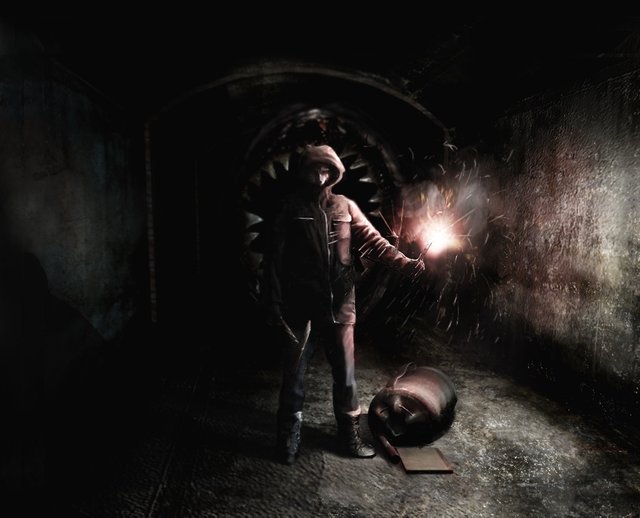
Before SOMA, Before Amnesia, there was Penumbra. Frictional's genre defining, revolutionary first person survival horror games. I say games because in fact there were three in the Penumbra series, though the third was a puzzle focused spinoff. More on that in a bit.
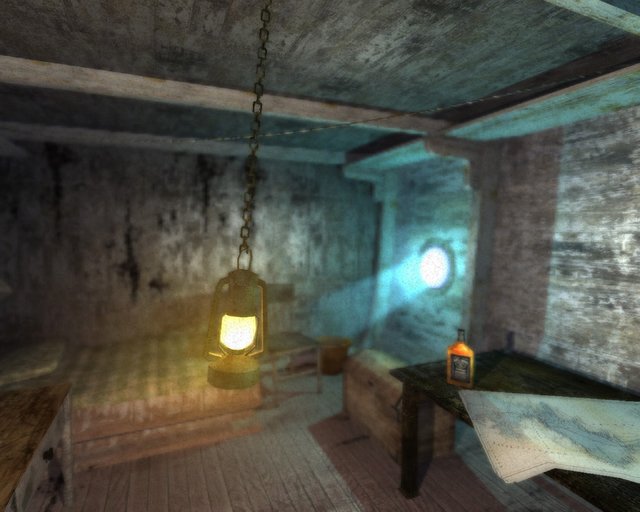
Penumbra: Overture is the first chapter in the tale of Philip, a young man whose father deserted him and his mother when he was small. But one day, Philip receives a letter from Greenland in which his father urges him not to coming looking for him. Naturally he pays for passage on the first ship headed that way, as there wouldn't be much of a story otherwise.
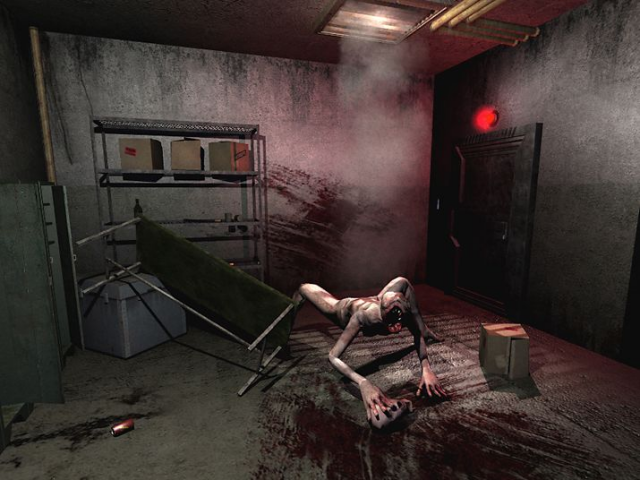
So begins the game, in your cabin which serves as something of a tutorial for interacting with the environment and solving puzzles. But the story of the Penumbra series itself begins with a groundbreaking tech demo released in 2006 (pictured above). The first application of Frictional's in-house HPL engine, which boasted most of the same features as ID Tech 4 but with more advanced physics and some additional post processing effects.
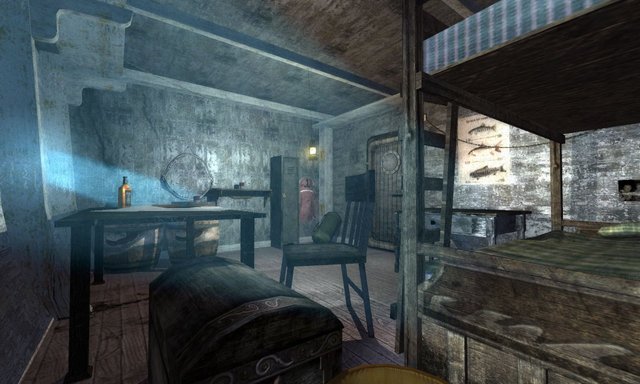
This made the Penumbra games quite beautiful in their day, and even now they're pretty easy on the eyes. That really helps bring the bleak, dismal environments of Penumbra to life. They are dismal too. Perhaps the greatest strength of Penumbra is its mastery of atmosphere. There's a particular feeling you get while exploring these forgotten places that will stick with you for years afterward.
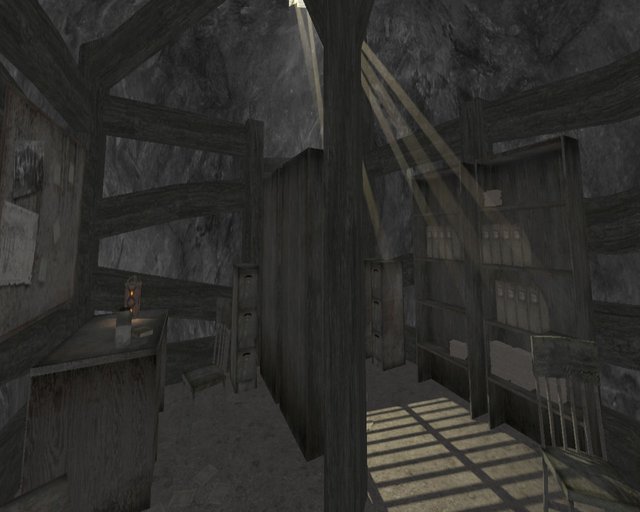
The bunker network you break your way into, in order to escape the bitter cold above ground, dates back to World War 1. However as you proceed, you'll discover it connects to a bunker network built in the 60s, then a much larger one built in the 90s. This sprawling underground haven is the laboratory of The Archaic, a secret society devoted to studying mysterious artifacts unearthed here.
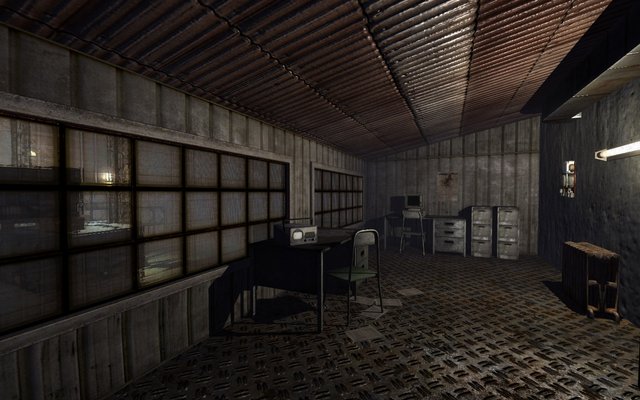
Besides the written notes, tapes and eventually emails you glean story details from, there's also a mysterious fellow named "Red" that contacts you from time to time over a walkie talkie you stumble across. Red is one of the miners who was hired to excavate the newest extension of the bunker network many years ago, but became lost, and has survived since on a diet of rats and slugs.
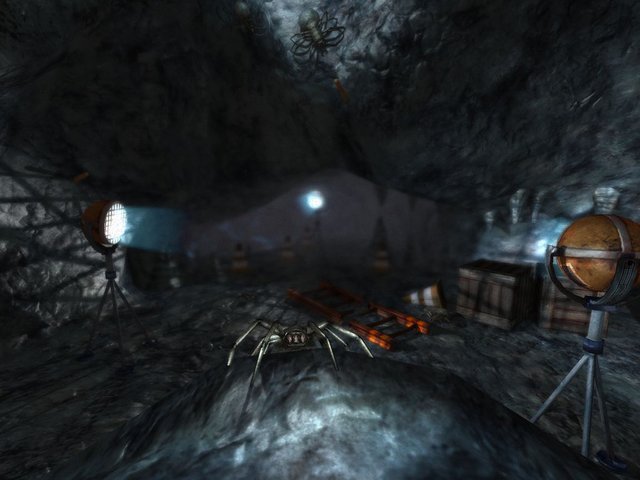
The closeness you develop with Red as the game progresses is really something else. He is somewhat demented, but also poetic during his lucid moments. The urge to finally meet him is part of what will drive you steadily towards the game's climax, only to discover he has a very different goal than you. One which requires your help.
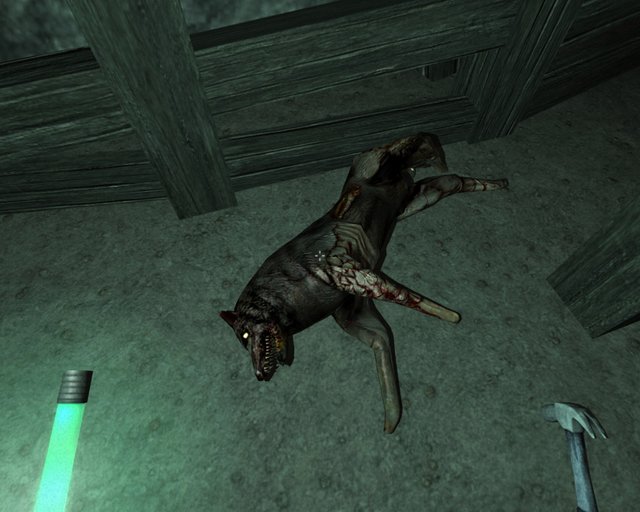
Besides creepy crawlies like spiders and slugs, you'll also encounter mutated wolves. This game does such a good job of making you feel vulnerable and merely human after decades of gun toting space marine games, that even such low level enemies become as viscerally terrifying as they would be in real life.
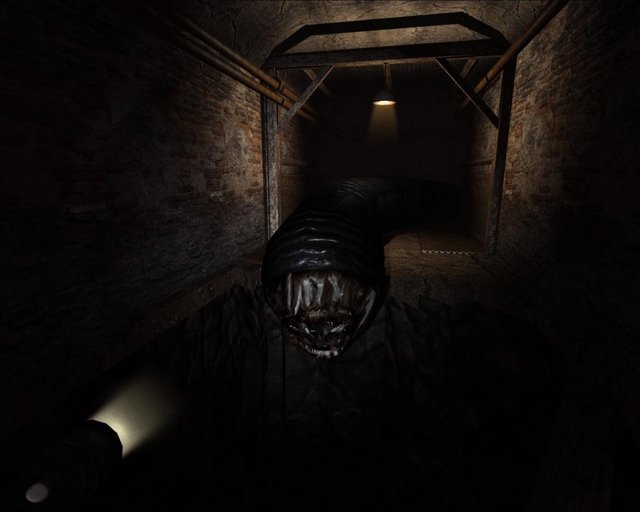
On top of that, there's a gigantic burrowing worm creature which stalks you later on. It looks awfully similar to the sea monster near the end of SOMA. Frictional really has a thing for gigantic, man eating annelids it would seem. Though really, who doesn't?
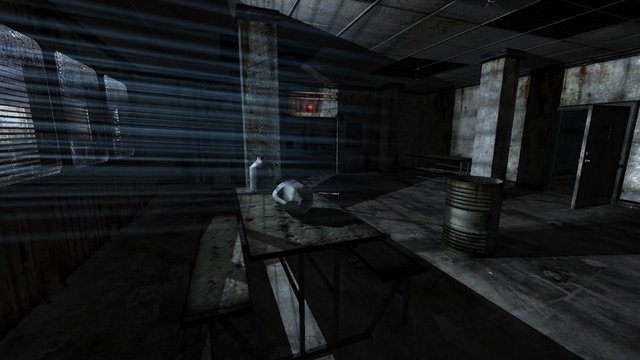
The wolves and spiders can be killed, but only at great peril. You're not a super human. If wounded, you will limp. You will become less effective with weapons until healed. You must manually swing the pickaxe or hammer using your mouse, as every interaction in the game is physics based. Want to open a drawer? You must actually click, hold, then drag to pull it open.
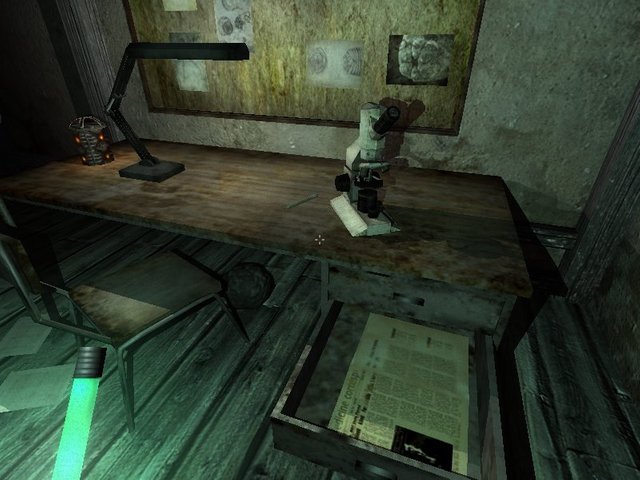
Perhaps that additional level of burden sounds cumbersome to you. But in practice, the effect is to make you feel vulnerable and immersed. This would be stellar in VR using the Touch controllers or Vive wands. It introduced that level of environmental interaction, or very close, before consumer VR was so much as a twinkle in Palmer Luckey's eye.
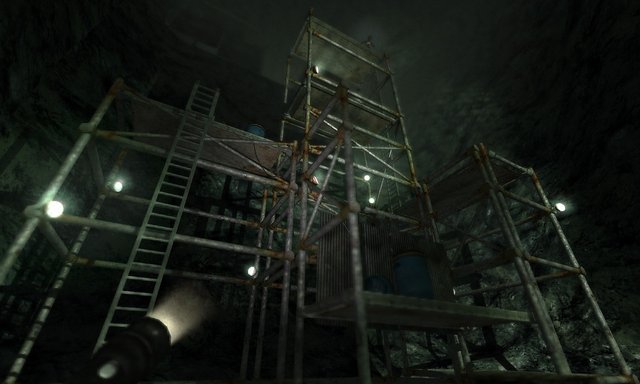
There are jump scares, but very few. The fear more often comes from sharing space with something that's stalking you, being unable to stop it and frantically dashing from one hiding place to the next. Even during the game's calmer moments, the environment is so brutally hopeless, abandoned and grey as to constitute a monster in itself.
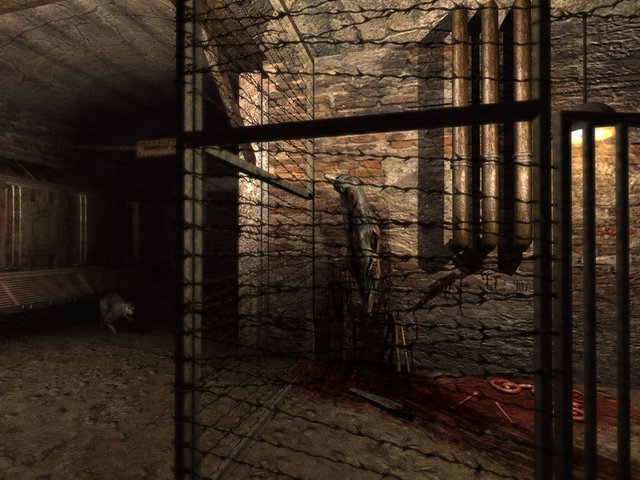
I can't recommend this game enough. I've gone so far as to straight up buy it as a gift for friends, just so more people will play it. As critically acclaimed as Amnesia was, I never found that setting as compelling as Penumbra's 2001 or so setting. Recent enough to be relevant, but far enough in the past that the technology you'll find is noticeably dated.
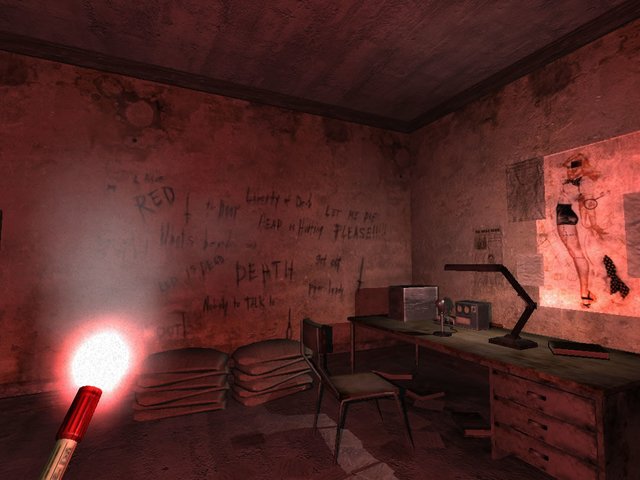
The puzzles are many, and fiendishly clever. The feeling of creeping through darkened tunnels, fixing dilapidated, obsolete machinery in an attempt to retrace your father's steps makes this experience something special. There is no other horror series as dear to my heart, though truth be told, Black Plague is better than Overture.
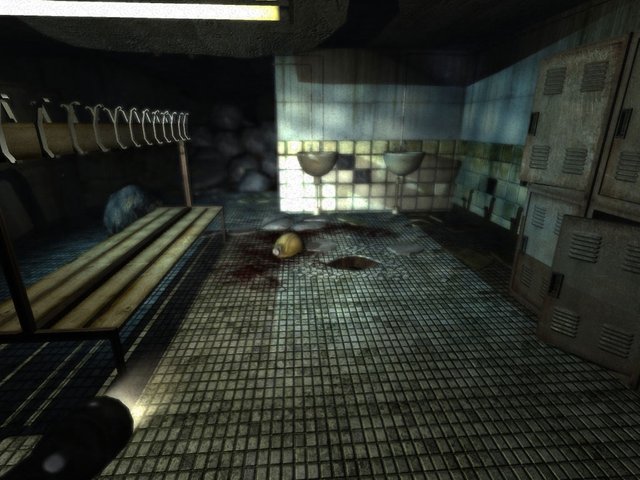
That's not to say, by any means, that it's acceptable to skip Overture. It isn't. Both games are stellar, and Overture lays plot groundwork without which Black Plague won't make a lick of sense to you. They are a package deal. Literally! You can buy the two in a bundle on Steam right now for $1.99. That's just under two bucks, friend. How can you pass that up? You can't.
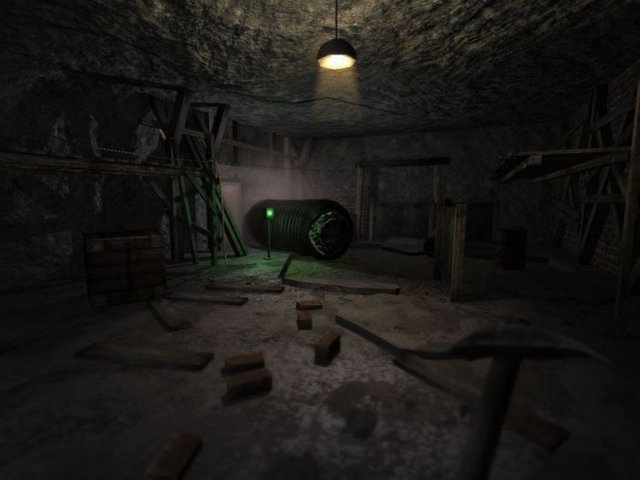
There's no better time to pick these games up and experience some of the finest horror gaming to be had anywhere. The time is right, the price is right, and if you play them back to back until the sun comes up you will emerge from the experience forever changed. I know I did. I give Penumbra: Overture an 8.5/10.
All images courtesy of Frictional Games